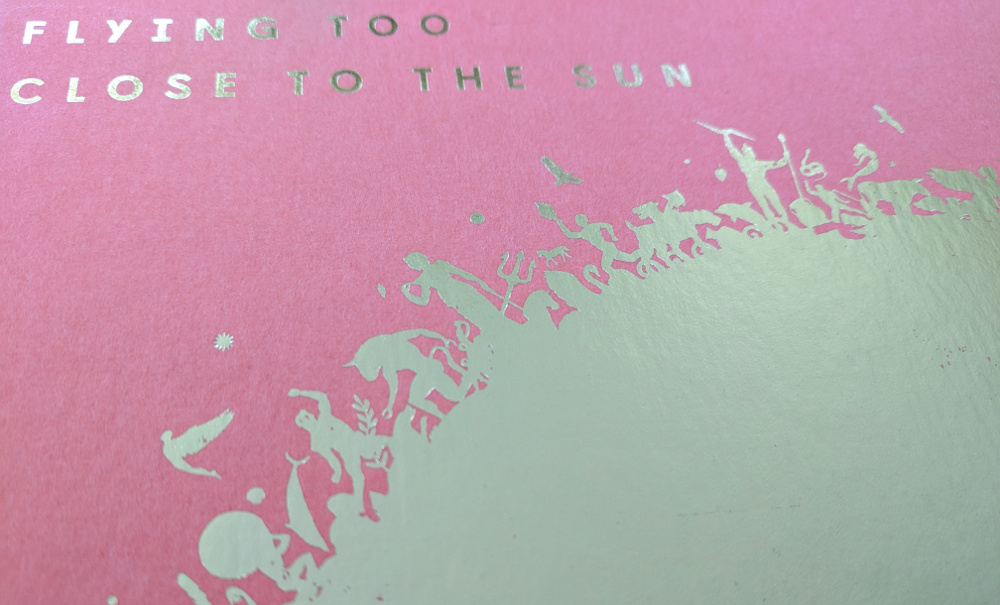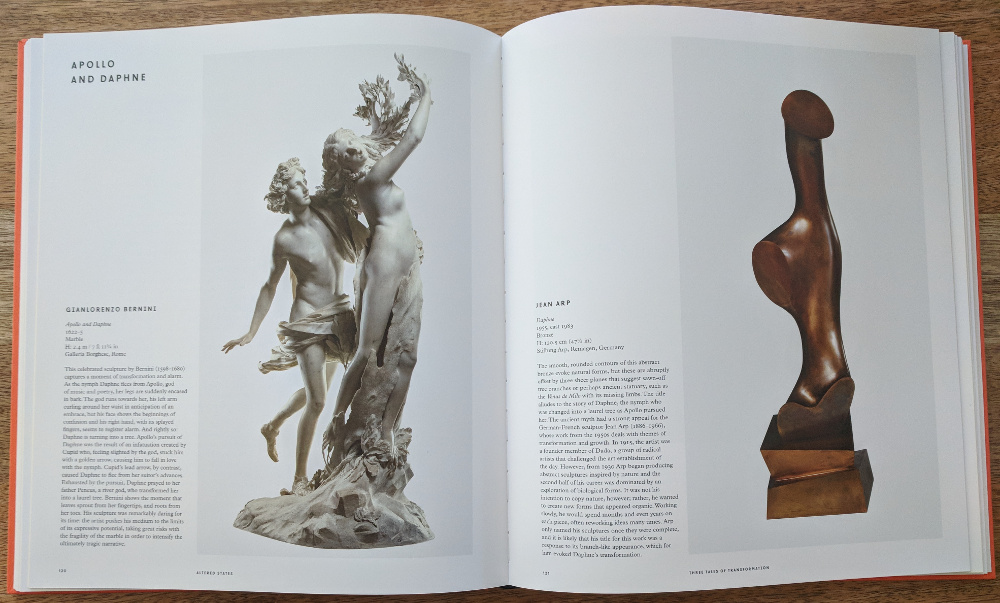Latest reviews
Ĵus finiĝis la 74-a Internacia Junulara Kongreso, kaj ŝajnas, ke ĉiuj partoprenantoj bedaŭras, ke ĝi ne pli longe daŭris. Estis bonega etoso kun multaj jamaj kaj novaj amikoj, kaj diversaj tre interesaj programeroj.
Pri la loko:
Badajoz estas iom malfacile atingebla, sed la retpaĝo bone informis pri la vojaĝebloj. Almenaŭ estis proksime bushaltejo kaj granda vendejaro. La kongresejo estis sufiĉe granda por ne senti sin premita, sed ĉiuj ĉiam sin renkonti en la centra lokoj ĉirkaŭ la trinkejo. La ĝardeno kaj la naĝejo estis grandaj plusoj.
Pri la organizado:
La akceptejo bone funkciis, manĝoj okazis ĝustatempe, programeroj ofte iom malfruis, sed ne tro. Mi lasis mian ŝlosilon en la ĉambro unufoje, kaj ne estis problemo akiri helpon de la loka ne-esperantista teamo. Ilia nekono de Esperanto estis nur apenaŭ rimarkebla ĝeno. Mankis klare legebla programtabulo.
Pri la vespera programo:
Estis bonaj koncertoj kaj bona variado. Iom mankis danciga muziko, sed tion kompensis la diskejo. Kiam finfine post kelkaj tagoj funkciis diskejo, ĉiu nokto estis bona nokto. Mi tro malmulte vizitis la gufujon por pritaksi ĝin.
Pri taga programo:
Mi ne multe spertis la tagan programon pro komitatkunsidoj. Mi tamen ne aŭdis multajn plendojn, krom la kutimaj malfruoj, kaj unu seksisma prelego de Granda Filozofo.
Fine mi volas doni specialan laŭdon al la ĉeforganizanto Carlos Pesquera, kiu sole faris amason da laboro kaj inspiradis la reston de la teamo.
Flying Too Close to the Sun is a large format art-book from Phaidon that examines the influence of classical (Greco-Roman) myths on artistic expression since ancient Greece, for example:
-
the story of Daedalus and Icarus, which inspired the book’s title;
-
the story of Apollo and Daphne: Daphne escapes the lovestruck Apollo by begging a river god to transform her into a tree;
-
the story of the minotaur and of his slayer, Theseus, the founding hero of Athens.
The book features direct artistic references to these stories, from Greek vases to Renaissance paintings and contemporary sculptures. It also includes some modern art that may or may not intentionally reference classical mythology, but that shows some parallels in theme or expression.

Book cover (partial view). The "flares” of the sun include references to the myths explored in the book. (Credit: Phaidon Press. Fair use.)
At 250 x 290 mm (11 3/8 x 9 7/8 in), the book’s format gives these works of art the space they deserve. The captions are clear and often briefly retell the myth that is being discussed. That makes for some repetition in a single reading, but it also makes it easy to open the book at any page without requiring additional context.
As with any art book like this one, it’s possible to quibble about the works that were chosen or overlooked. For example, it will probably take another generation until editors choose to include art from games like Apotheon, a gorgeous indie platformer that brings the artistic style of ancient Greek pottery to life—to say nothing of the ubiquitous references to mythology in big-budget entertainment like God of War.

Apollo and Daphne (1622-25, Bernini) side-by-side with Jean Arp’s Daphné (1955). (Credit: Phaidon Press. Fair use.)
To me, this speaks to the still austere relationship we have with classical myths. In fact, ancient art was colorful, often lewd, and a form of mass entertainment. It provided common reference points in everyday life, it served propaganda purposes, it blended belief with pure pleasure.
While Flying Too Close to the Sun only hints at this, it is a joy to page through the high quality reproductions and photographs, to explore the content of complex paintings with helpful captions, and to become more familiar with the details of these myths. Recommended.
The museum shows art from all times, places and genres. One can spend several days in it. In that case the annual membership might be an at least less expensive way to get in.
Unfortunately, it takes quite a while to get to the objects. The museum isn’t in the city center and once arrived at the site the security check, the way through the entrance and the vast area take their time. This and the high entrance fee make the museum less suitable for one-hour evening strolls than the big state museums of London, Paris, Berlin or New York.
The museum gives a very interesting insight into Bethlehemite living in past centuries and its material culture. I’ve been twice to the museum and both times I got a tour through the museum by an old native of Bethlehem who could tell a lot also beyond the exposed objects and showed how they were used.
The museum isn’t very big, it is possible to go through all rooms in much less than an hour. If you ask a lot it can easily take longer.
This map works pretty well and, if combined with a lib.reviews backend, for instance, could be a viable libre alternative to HappyCow. The developer is active and open to fixing bugs and listening to suggestions on GitHub, which is great too.
The main drawback is the lack of vegan and vegetarian restaurants on the map, but that’s a problem with OpenStreetMap, and one that can be fixed by all of us.
Before Ed Snowden and Chelsea Manning, there was Daniel Ellsberg, a military analyst who leaked the Pentagon Papers to 19 newspapers in order to inform the American public about the true nature of the Vietnam war. Ellsberg became a committed anti-war activist, but early in his career he was a devoted Cold Warrior. As a strategic analyst for the RAND Corporation, he reviewed and helped shape America’s policy for thermonuclear warfare.
The Doomsday Machine: Confessions of a Nuclear War Planner are Ellsberg’s recollections of this work, combined with a summary of what’s become known about the highly secretive nuclear war plans of the United States and the Soviet Union since then—and how those plans fared in reality during times of crisis. He argues that we have created a Strangelovian doomsday machine which remains on hair-trigger alert, and that the primary goal of nuclear policy at this point should be to dismantle that machine.
Ellsberg documents how close humanity came to self-destruction during the Cold War, and also shows convincingly how the threat of first use remains a key element of US foreign policy, with enemies old and new. This barbaric idea—that it is perfectly reasonable to threaten first use of nuclear warfare as an “option on the table”—must surely die before true progress toward global nuclear disarmament can be made.
How and why did rational people who loved their families and wanted peace for their children participate in planning for global annihilation? Ellsberg provides a brief history lesson on how war planners during World War II embraced with increasing enthusiasm the idea of “strategic bombing”, a euphemism for murdering and maiming large numbers of civilians—men, women and children—in order to “demoralize” an enemy, culminating in the firebombing of Tokyo.

“My Child” by Miyamoto Kenzo, a survivor of the firebombing of Tokyo (Credit: Miyamoto Kenzo. Fair use.)
“It was an ocean of fire. My mother held my hand as we entered the chaotic stream of refugees and headed for the Arakawa embankment. This painting is of something I saw on the way and have never been able to forget. A pregnant woman was standing there like a ghost; at her feet was a child of perhaps three or four years. The child wasn’t moving at all. The way they were lit up by the flames around them—it was a sight I saw at twelve that was so horrifying I’ll never be able to forget it.” — Miyamoto Kenzo, who was 12 at the time of the Tokyo raid. (Source)
This mass murder was rationalized in simple terms: it was said to shorten the war and minimize American casualties. In this context, the idea of using atom bombs was seen as mainly a step up in efficiency, not a fundamental shift in policy. And individuals like Curtis LeMay, who led the firebombing campaign—far from facing charges—would be put in charge of key military and civilian functions as America built up its nuclear arsenal.
The Verdict
Ellsberg’s book is lucid, personal and informative, and his warnings are timely in an America led by a self-described madman who threatens nuclear annihilation of North Korea one day, then brokers theatrical peace talks the next. Some readers will be put off by the heavy use of military acronyms—they’re enumerated in a bare-bones glossary, but often get in the way while reading. There are no photographs, tables or illustrations, but Ellsberg cites his sources extensively, many of which are online.
Countless books have been written about the folly of nuclear weapons, and about the imminent threat to human existence that they continue to pose. Some are more emotionally persuasive than The Doomsday Machine, others provide more complete historical context. Certainly Ellsberg’s level of access during his time as a military analyst gives him an unusual and compelling vantage point. But what this book does exceptionally well is to demonstrate that the dangers of nuclear warfare are not contingent on monstrous individuals being in charge.
Even with better leaders than the ones we have today, these weapons should not exist because they cannot be controlled. With the leaders we have, eliminating them is a moral emergency.
Disclosure: I work for Freedom of the Press Foundation, where Ellsberg is a Board member.
-
extremely nice staff
-
100% plant based
-
reasonable prices
-
tasty, healthy food
-
plenty of options
This website is now discontinued.
This website uses information from OpenStreetMap to show vegetarian and vegan friendly restaurants on a map. I really like the fact that when I tag a restaurant with the key diet:vegetarian or diet:vegan in OpenStreetMap that it shows up on OpenVegeMap nearly instantly.
Spirit Rotterdam is a buffet restaurant with lots of vegan food. You can fill your plate yourself from a buffet and you pay per weight. The taste of the food is excellent, and the number of choices is great. Highly recommended!
Fast browser that uses built-in android web kit.
Pros:
- Fast
- Simple
- FOSS
- No tracking
Cons:
- built-in ad blocker is OK at best
- no support for addons
